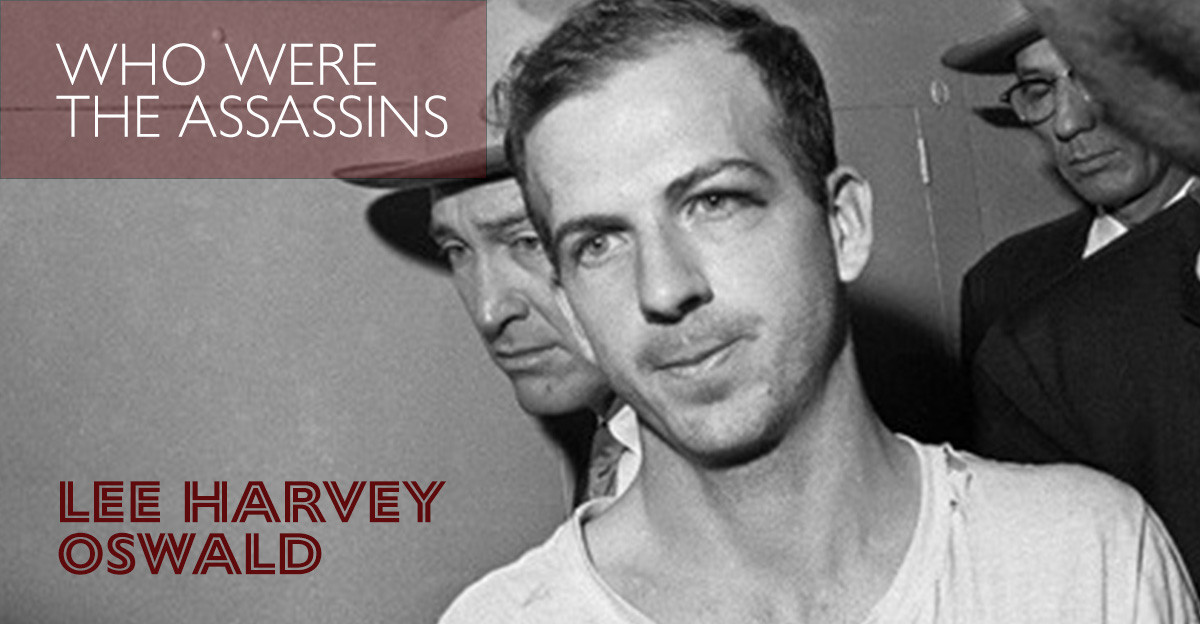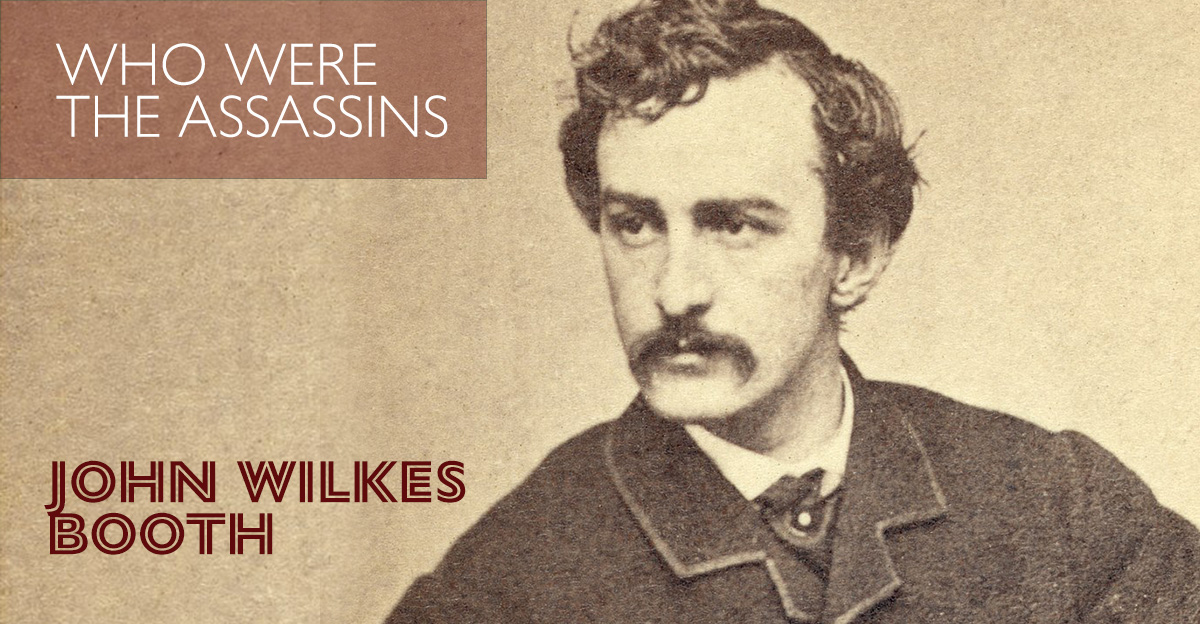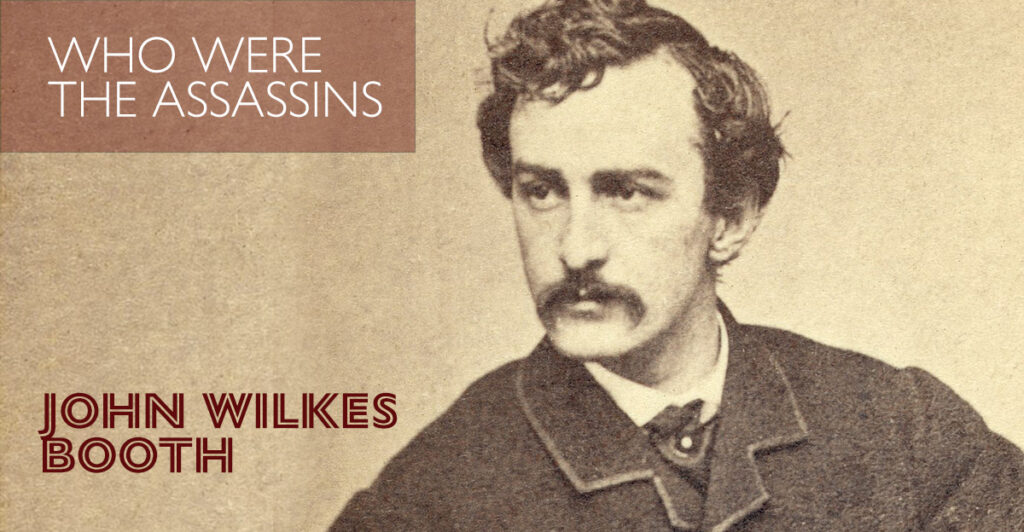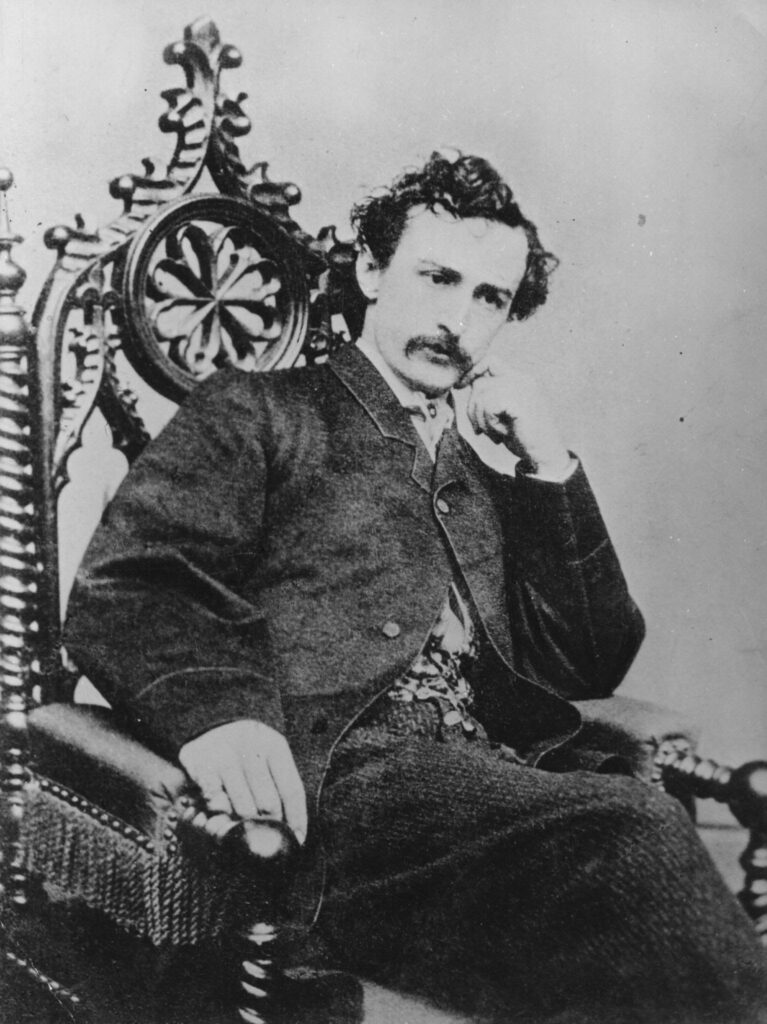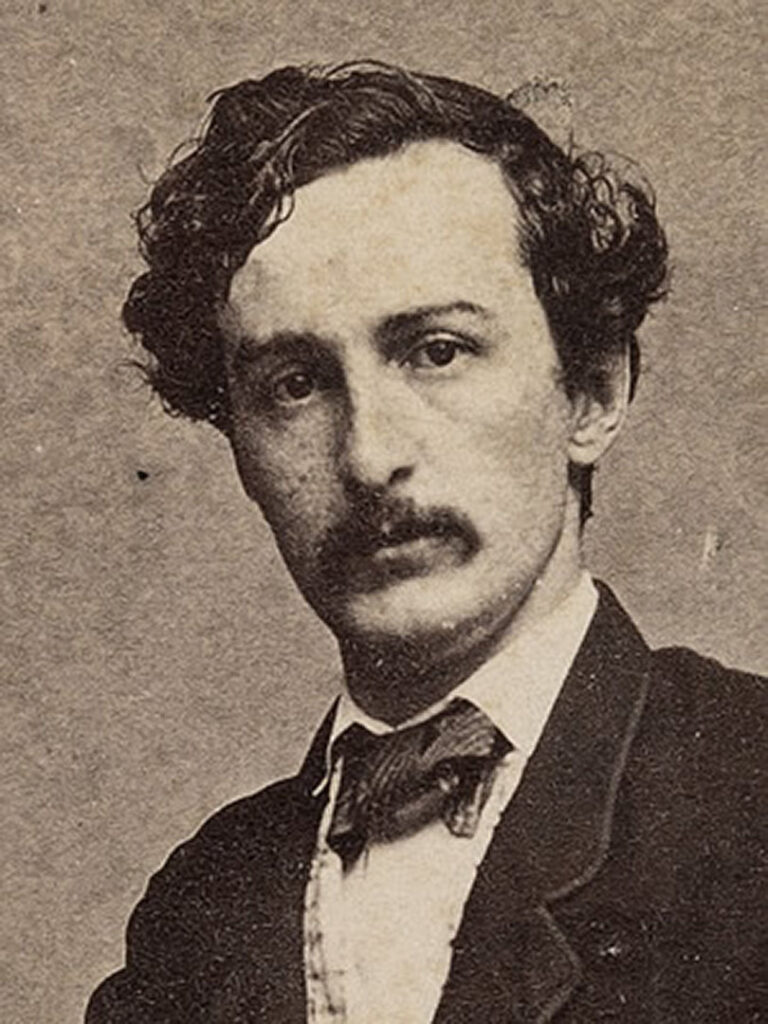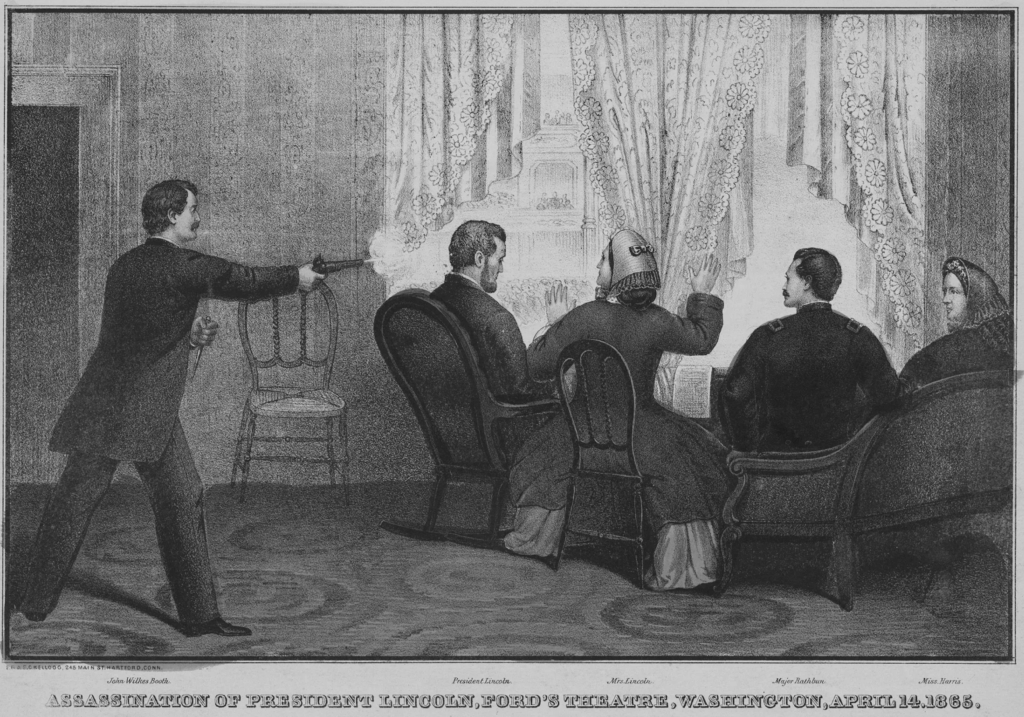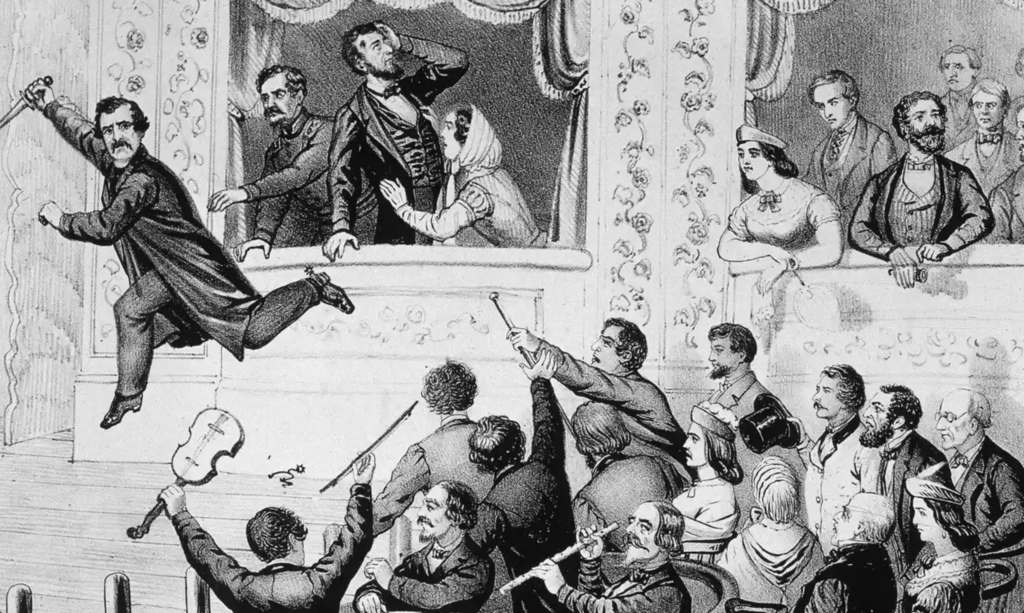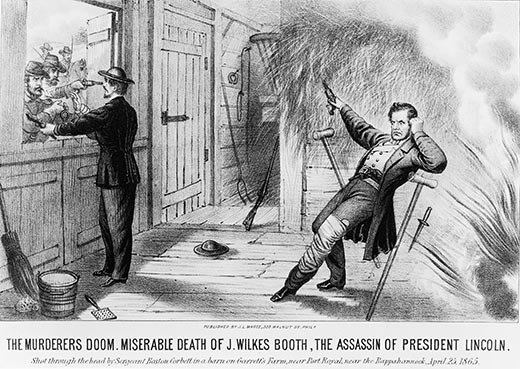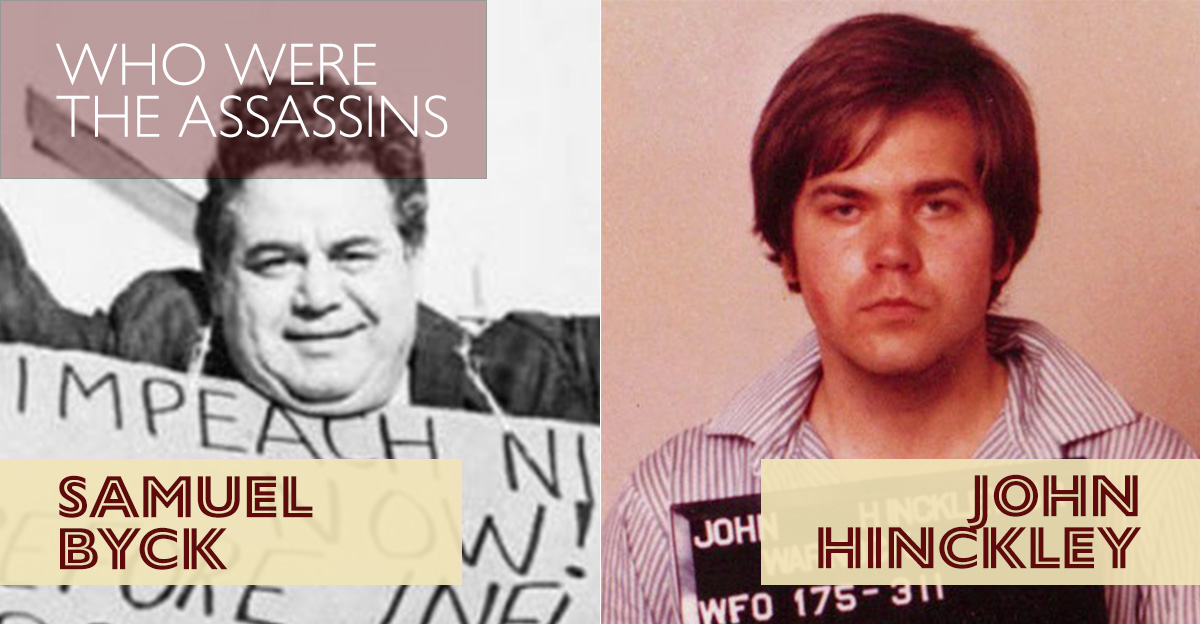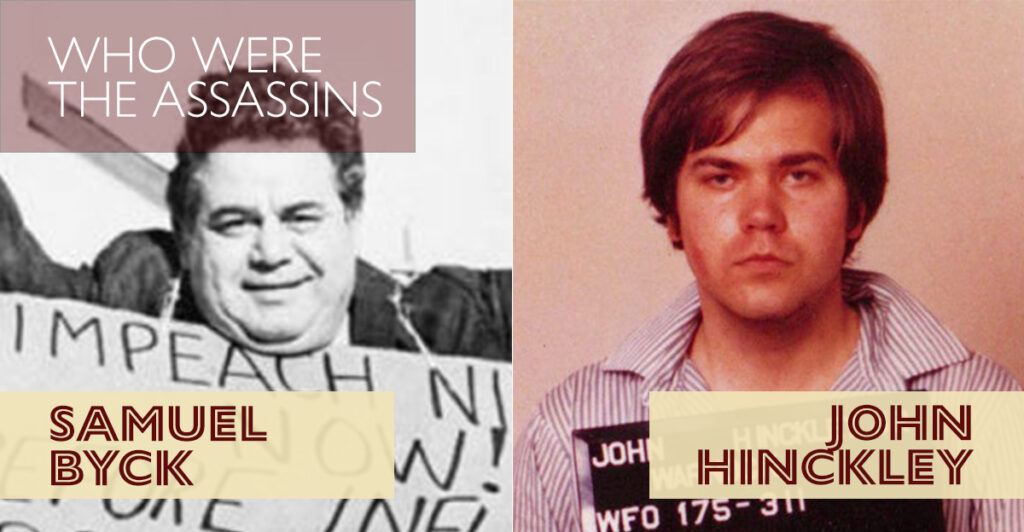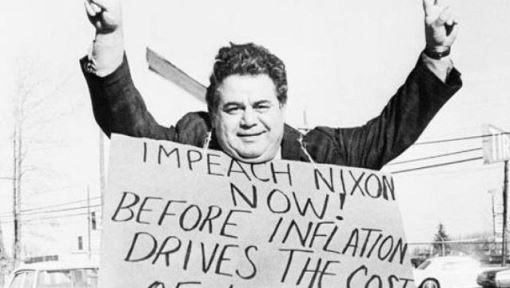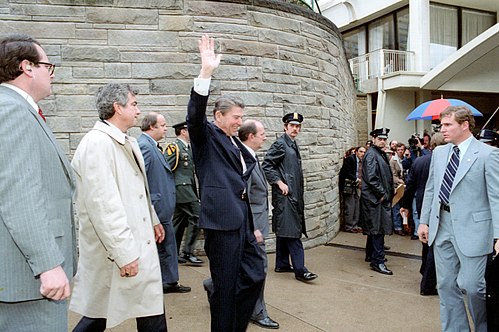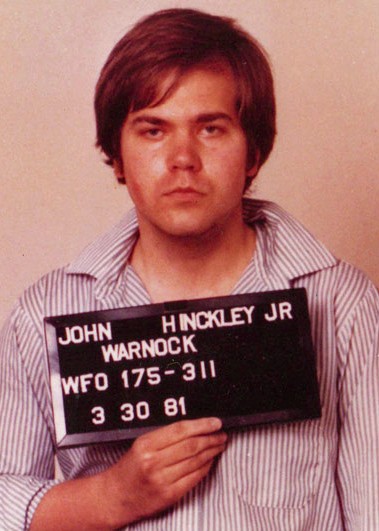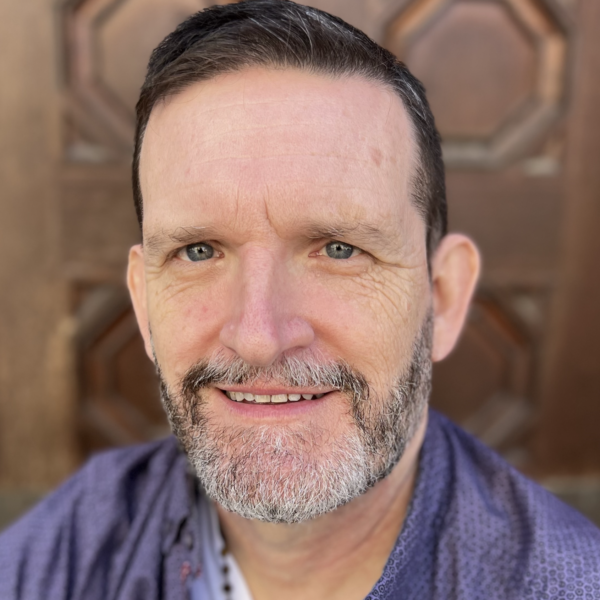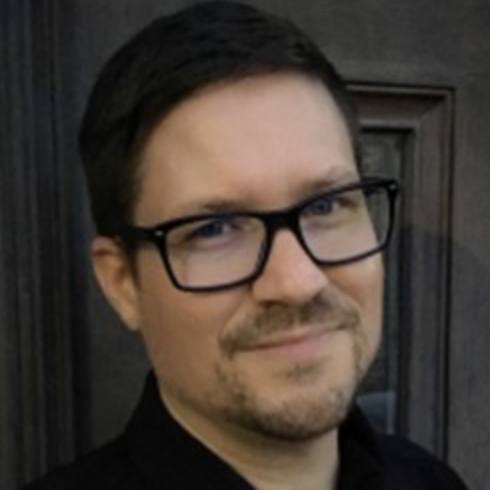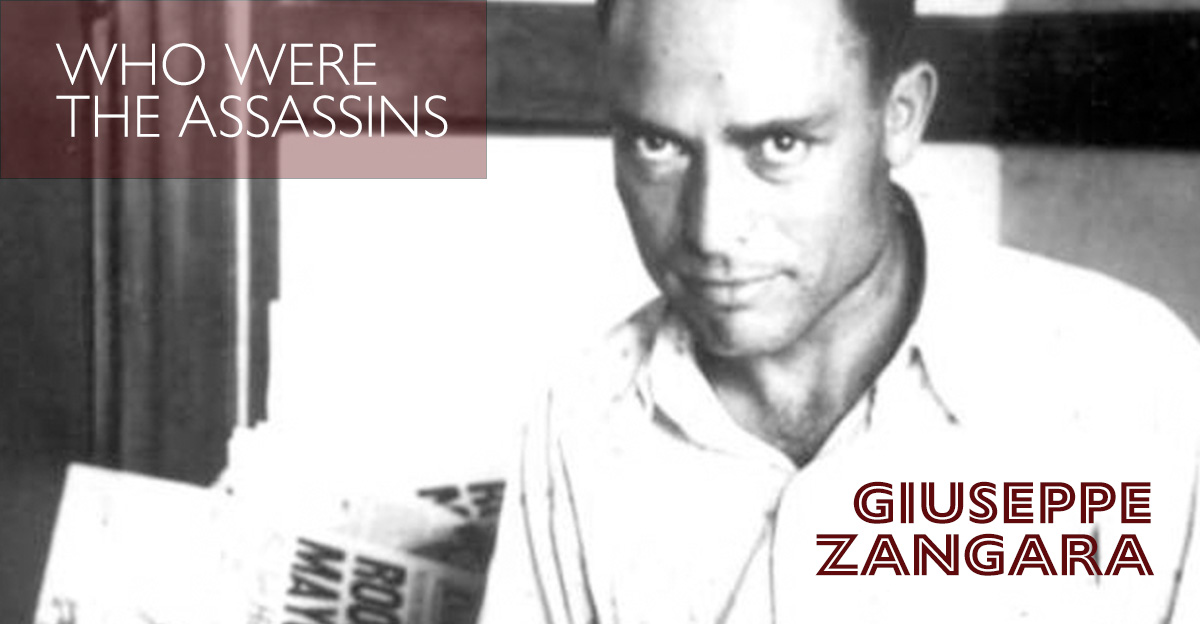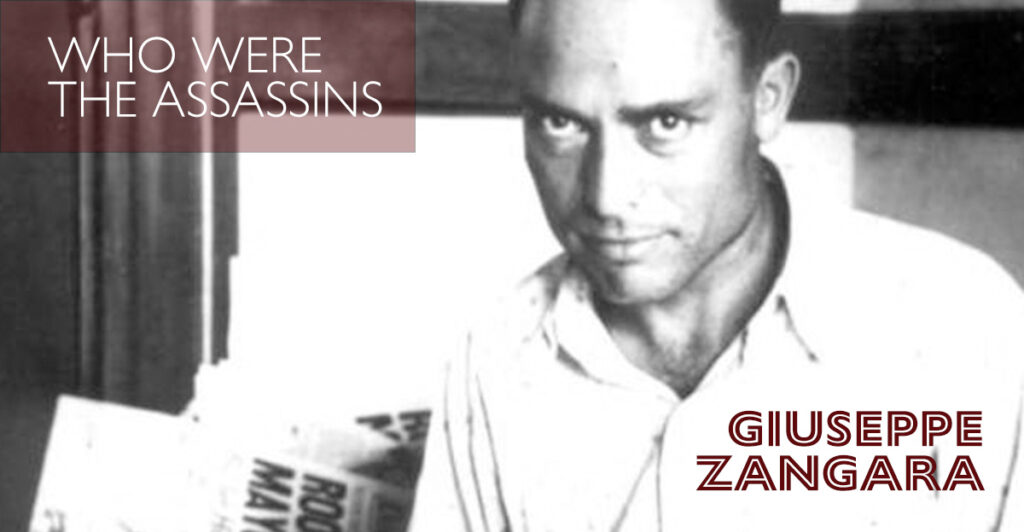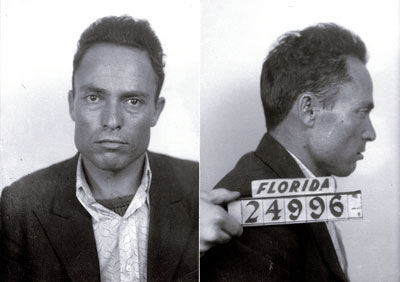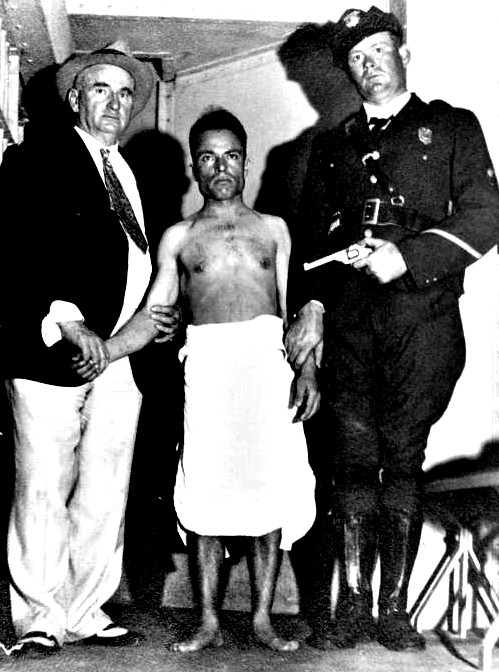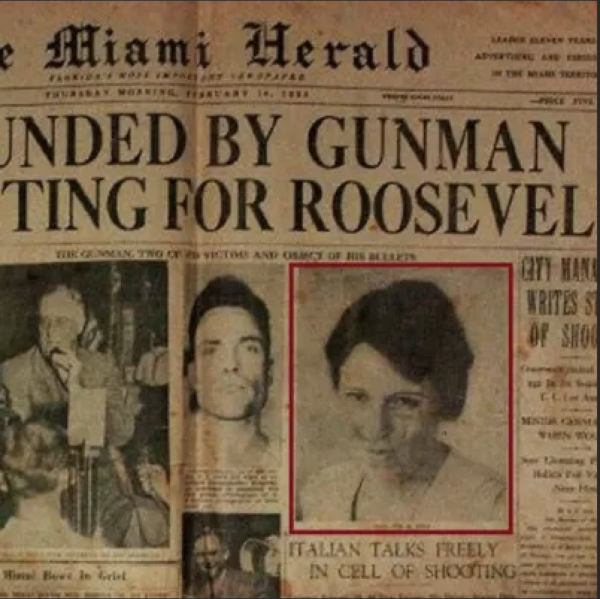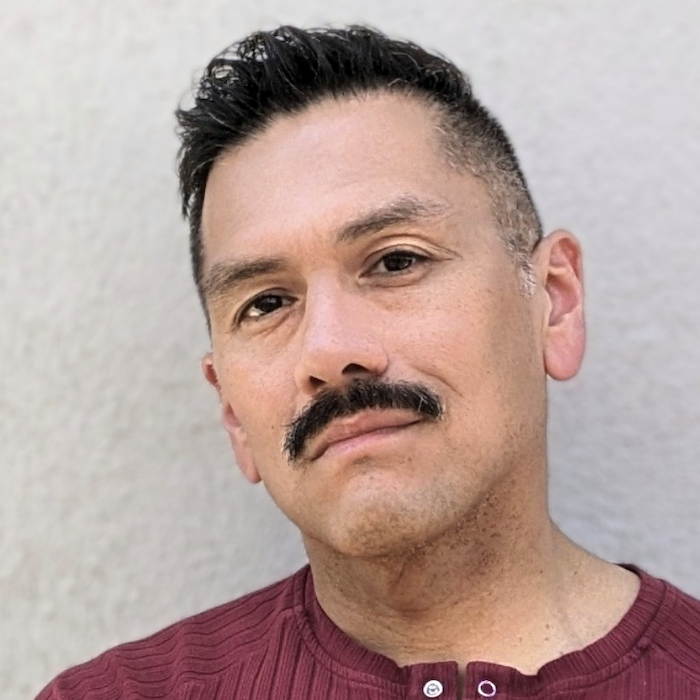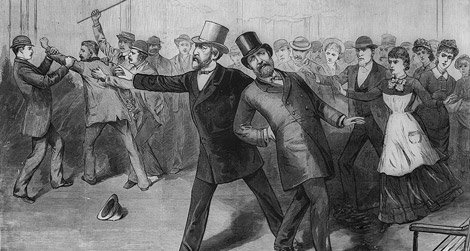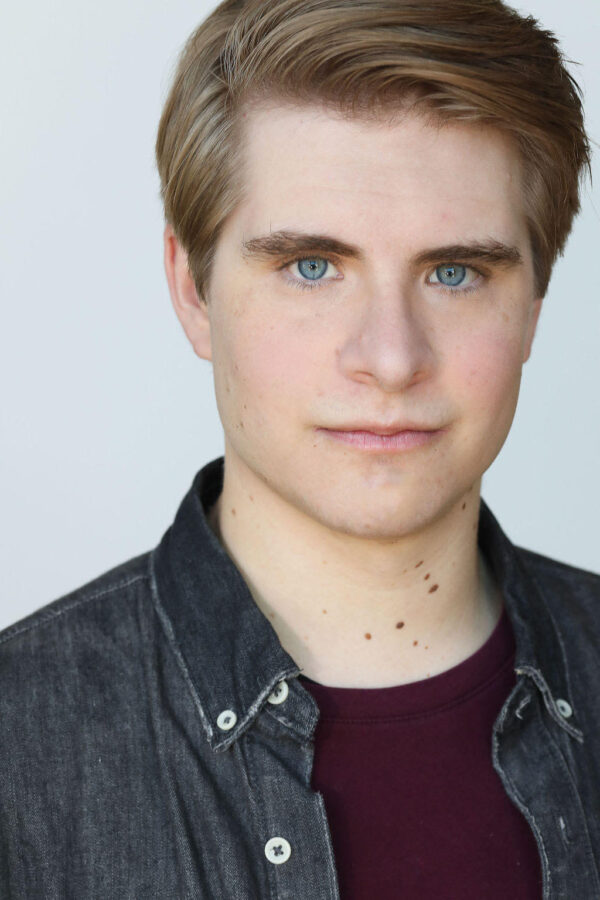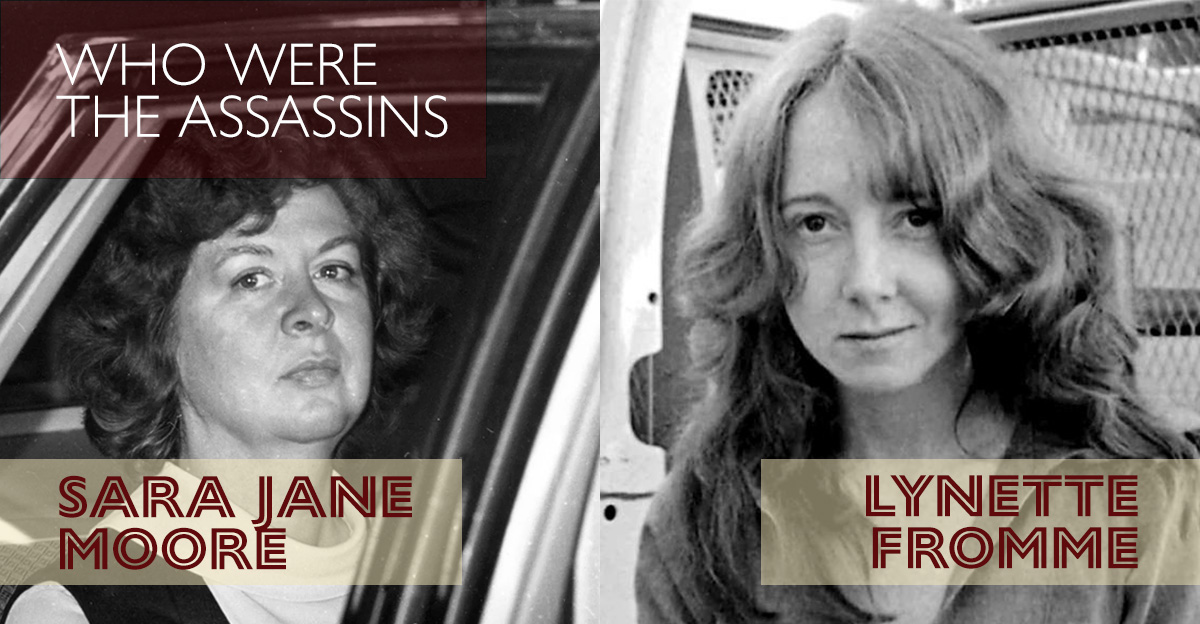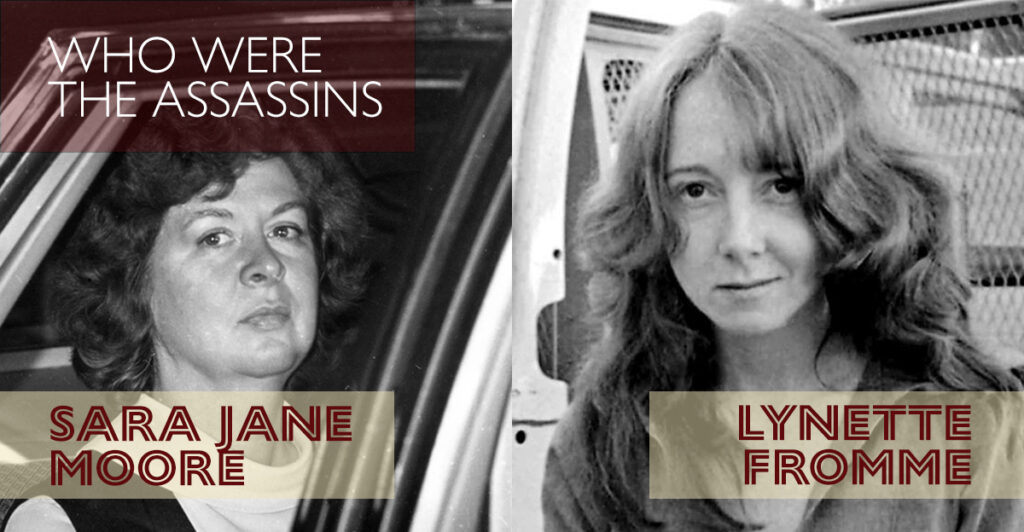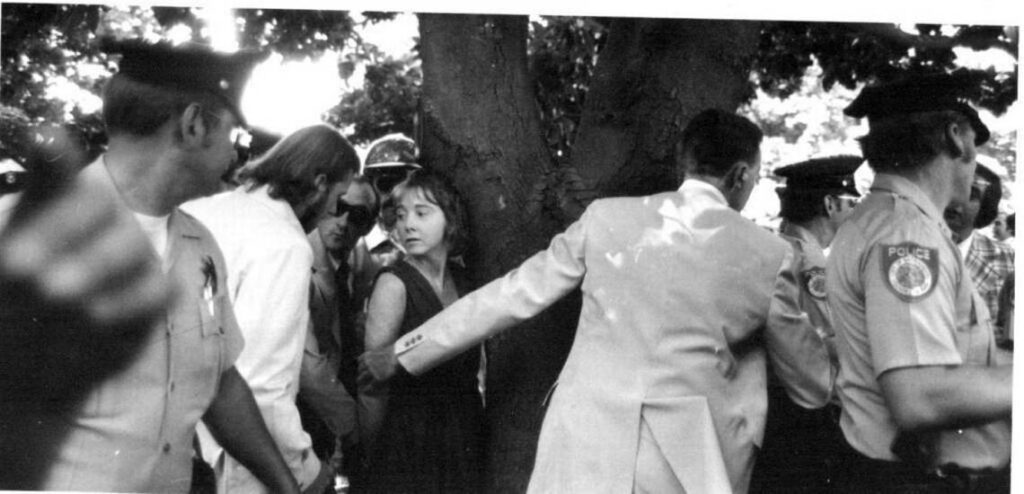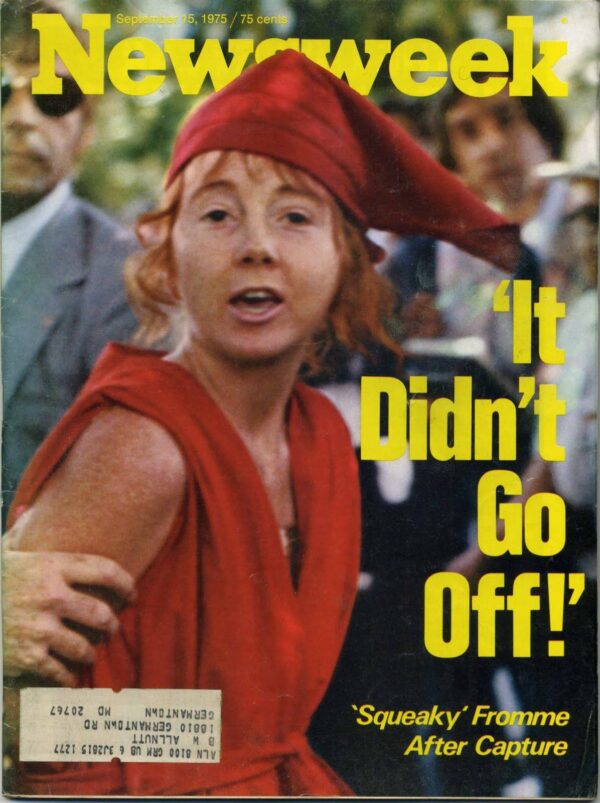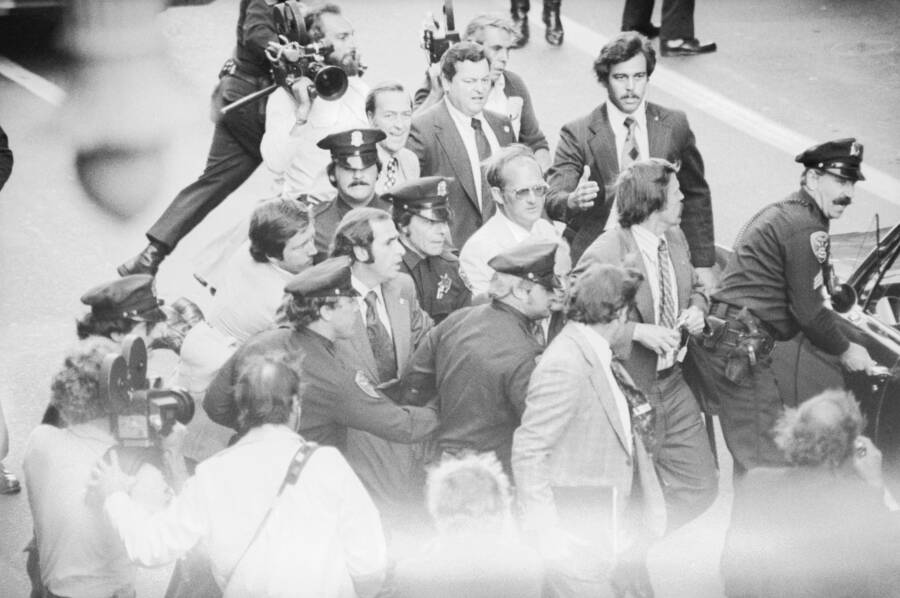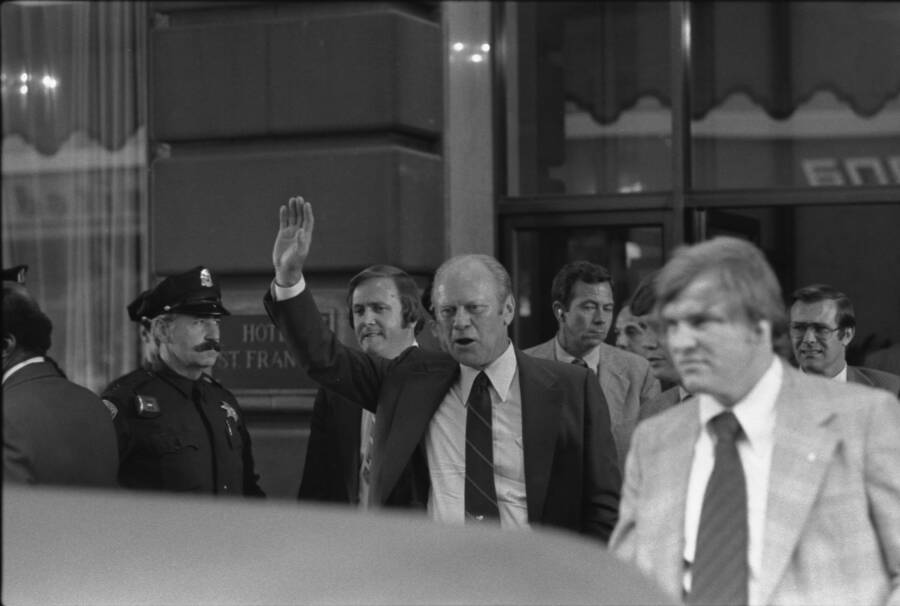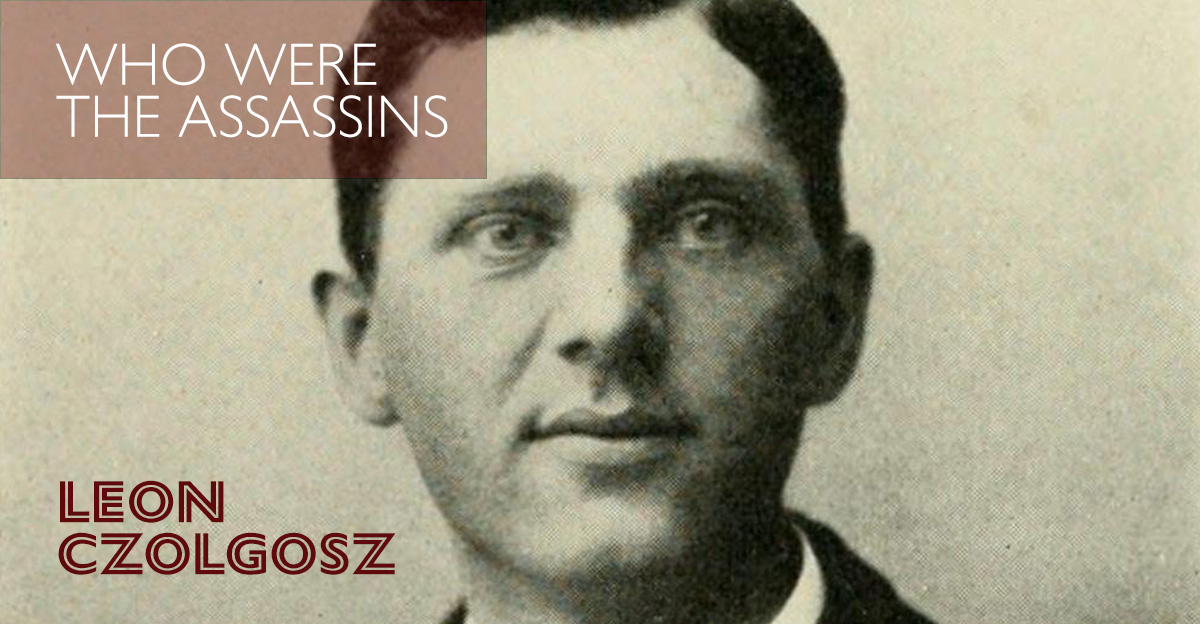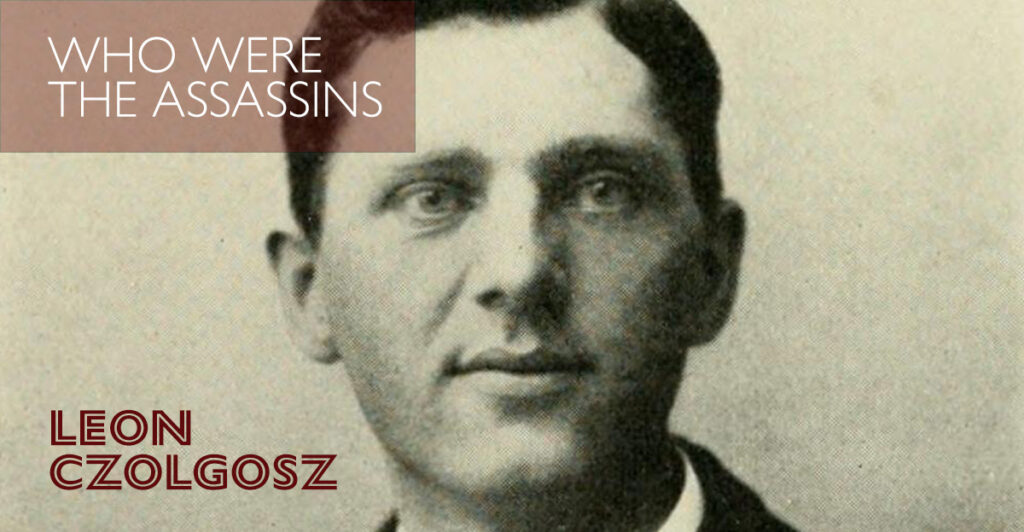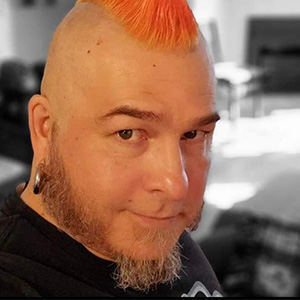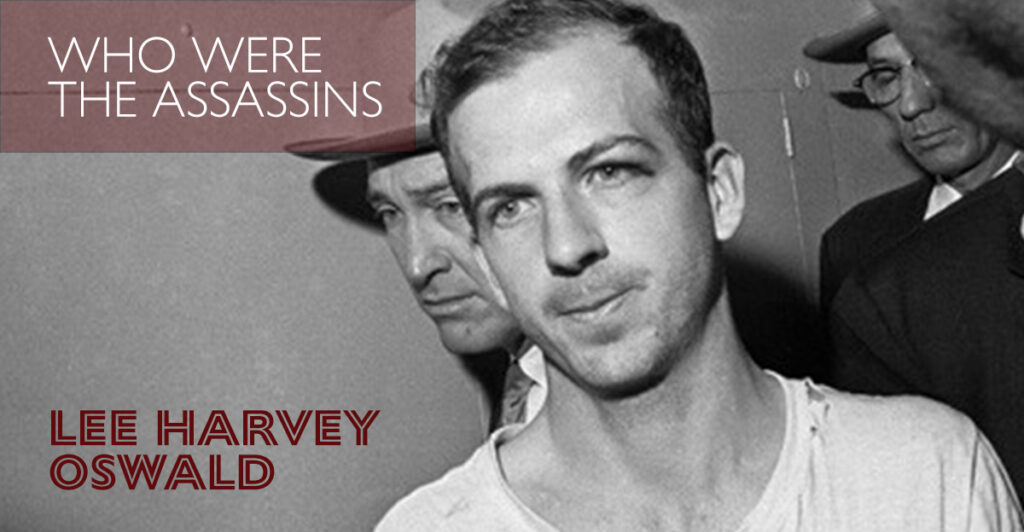
The One Who ‘Sums It All Up’
We’ve reached the end of our series about the assassins of Assassins and our production opens this weekend. All the profiles are online for you to read, and we’ve sprinkled in details relevant to the show throughout each one.
Lee Harvey Oswald
Assassinated President John F. Kennedy
Lee Harvey Oswald was a US Marine, a one-time defector to the Soviet Union, and the assassin of President John F. Kennedy.
As a child, Oswald’s troubled relationship with his mother and other family members led him to act out socially and in school. He was evaluated by psychiatrists throughout his childhood who found him to be withdrawn and secretive. As a teenager he became enamored with socialist literature before joining the US Marines. He was court-marshaled twice for insubordination and the misuse of firearms while in the military.
Communists, Intelligence Agencies, Assassins, Oh My!
After leaving the military to care for his ailing mother, Oswald made a shocking move. He travelled to the Soviet Union where he attempted to become a citizen and live in the rival superpower nation. Oswald did not enjoy Soviet life, and soon made a return to America after getting married to a Russian woman.
After his resettlement in the US, Oswald’s life became populated with strange characters and coincidences that have fueled decades of speculation. Did the FBI cultivate him as an asset and encourage his pro-Cuba leafleting activities to entrap communists? Did the CIA assign him a handler to keep tabs on an unstable, one-time defector?
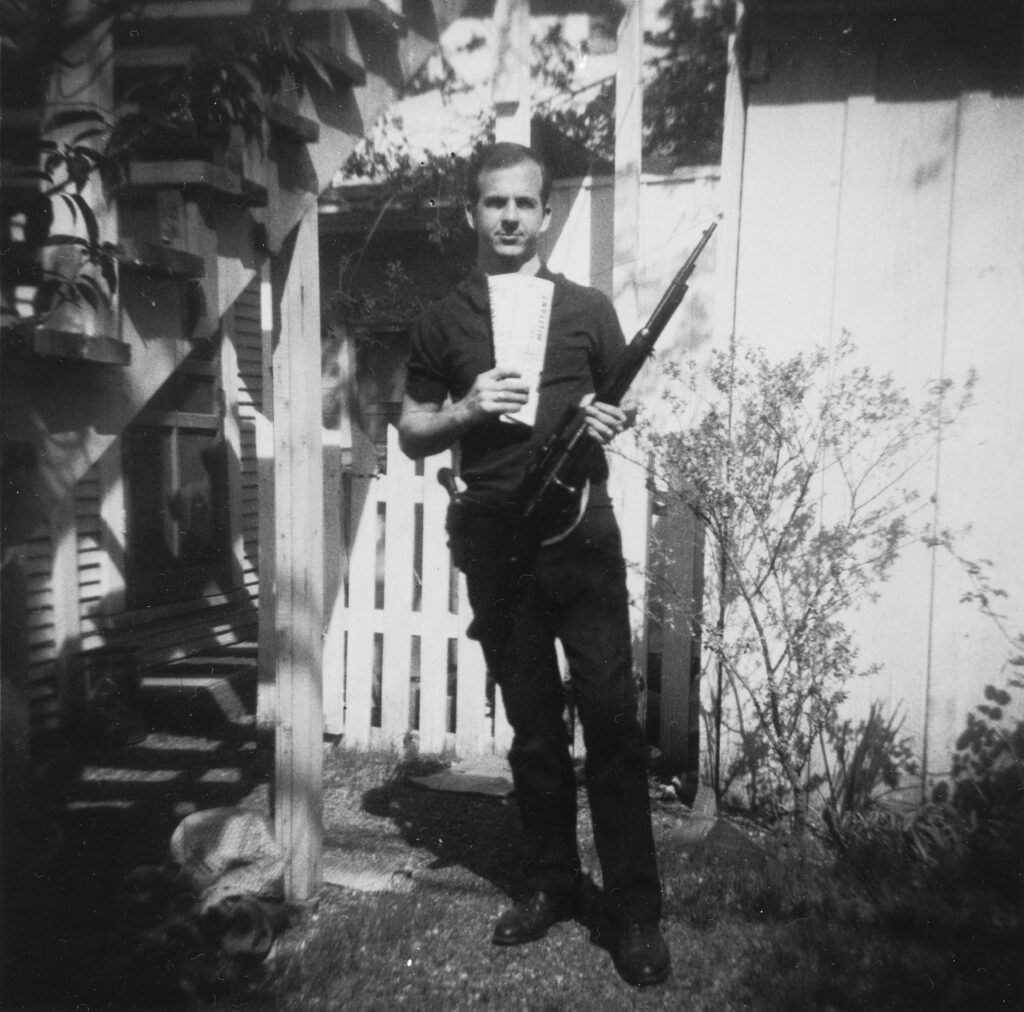
Oswald’s eccentricities and political obsessions continued. During this time, he attempted to assassinate a retired Major General- his unsuccessful attempt only uncovered after he was investigated for Kennedy’s murder.
Killing Kennedy
On November 22nd, Lee Harvey Oswald fired three shots from the 6th floor of the Texas School Book Depository, down onto Dallas’s Dealey Plaza, killing President Kennedy. He had secured a job in the building a month earlier and used the vantage point afforded by the higher floor to scope out his target. He evaded capture by authorities for a little over an hour before he was tracked down and arrested inside of a movie theatre. Encountering a group of reporters after his arrest, he yelled that he was a “patsy”.
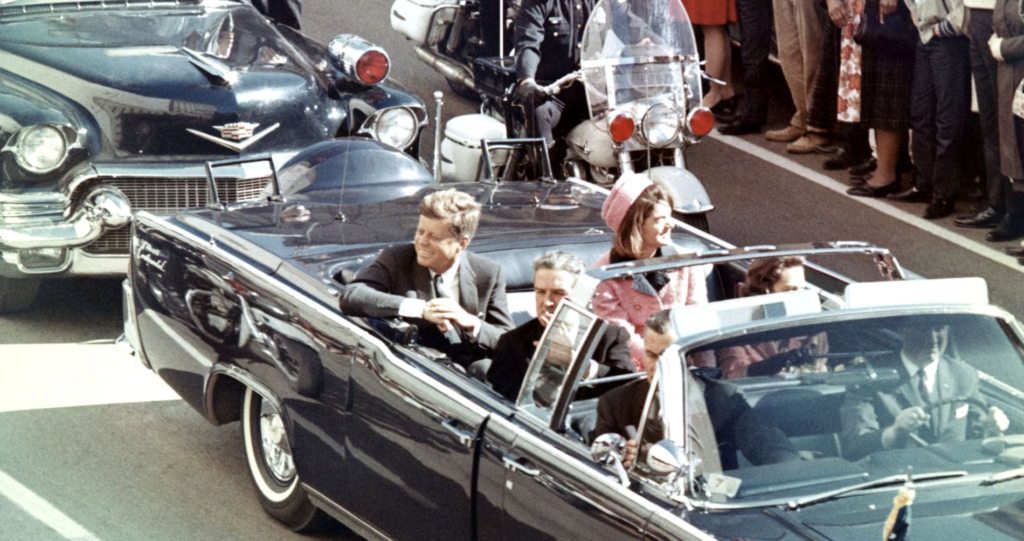
The nation reacted to news of President Kennedy’s death with complete shock. This public and grisly assassination darkened a hopeful time in American life that the young, handsome President had symbolized. Two days after the assassination, Oswald was being walked to an armored van by police, intending to transfer him from city jail to county jail. Jack Ruby, a nightclub owner shot him in anger, killing Oswald and preventing him from ever testifying in court.
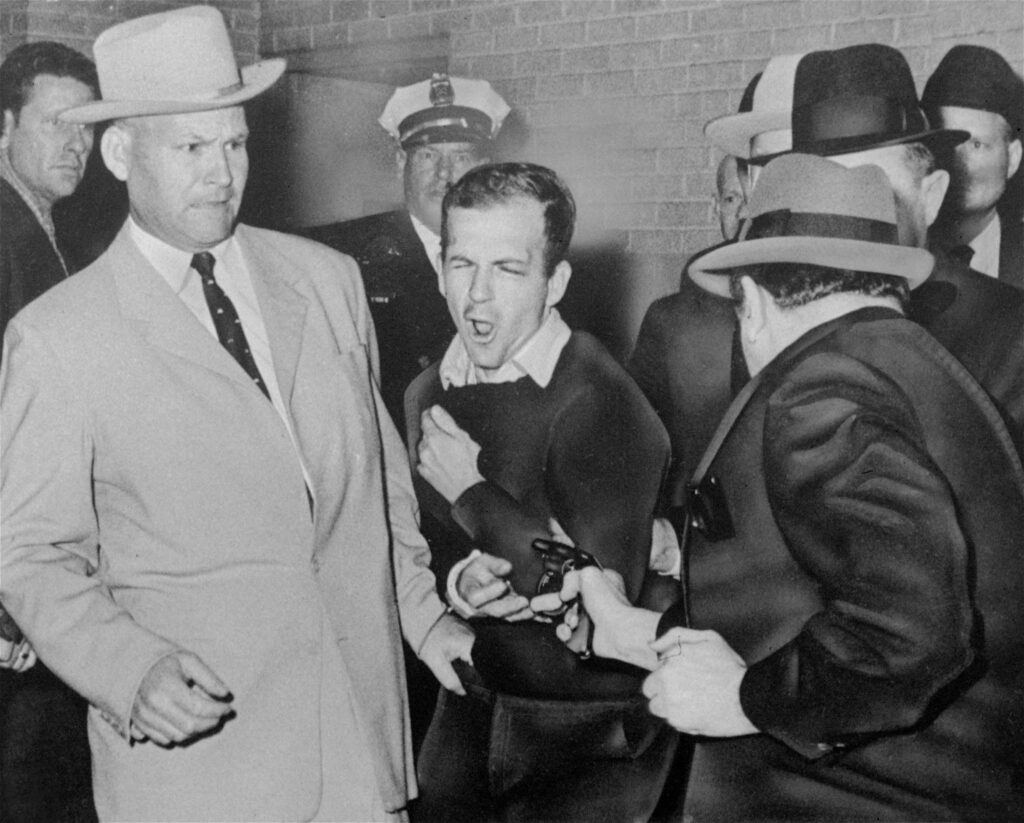

Legacy of a Tragedy
Despite the conclusions of the Warren Commission, and investigations by the FBI and Dallas Police, polls still show that most Americans still do not believe the official story of the Kennedy Assassination. Whether their alternate theories contain speculation about US Intelligence, multiple assassins, mobsters or magic bullets, the lack of clarity around Oswald’s motives still confounds.
If you want to get a closer look at Oswald’s desires and demons, and see what was possibly on his mind, come see Assassins at Landmark!
Further Reading
- A book written by a fellow Marine, featuring a character heavily based on Oswald. The book was written before the assassination. The Idle Warriors at Amazon
- Read this article from The History Channel: Jack Ruby Kills Lee Harvey Oswald
Meet our Oswald – Lucas Dysart
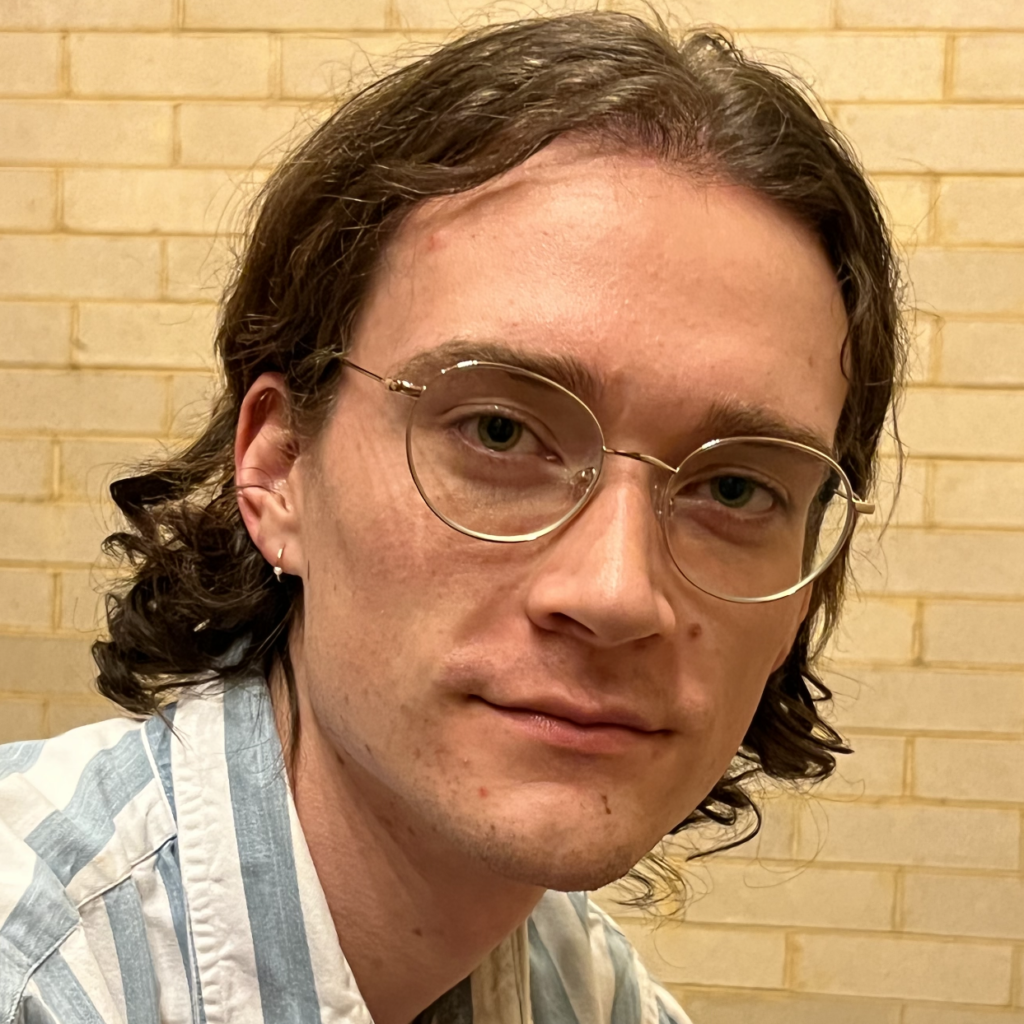
Lucas returns to the stage at Landmark as Lee Harvey Oswald in Landmark’s production of Assassins. Audiences have seen Lucas as a featured ensemble member in Rent and Hunchback of Notre Dame.

